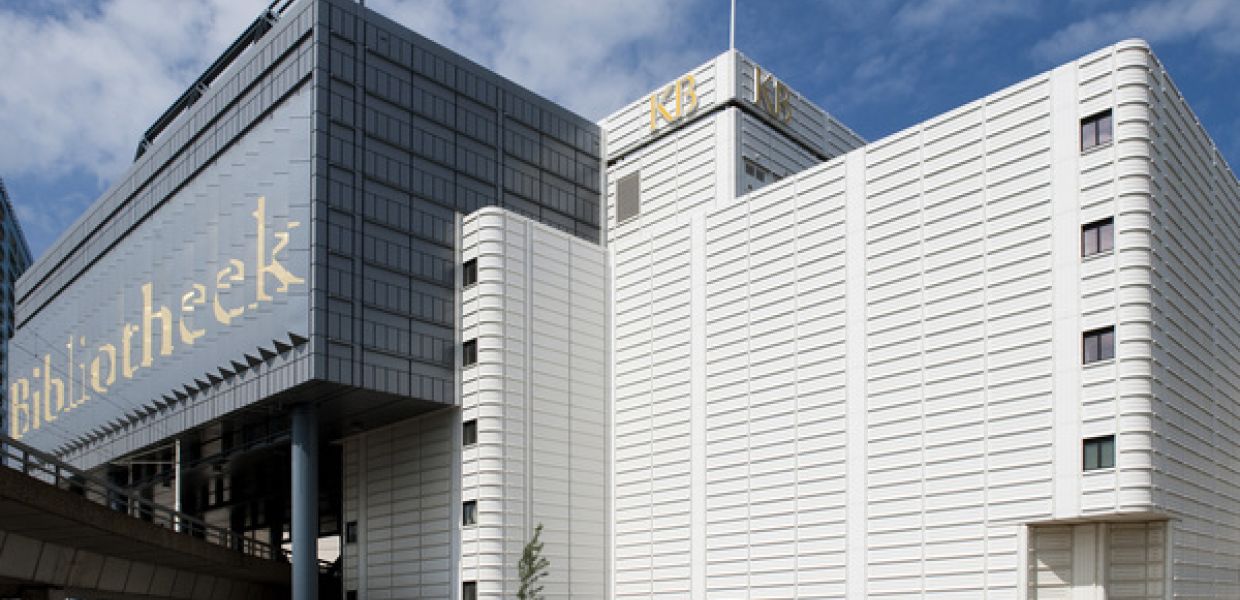A carrot and a stick: a look at the Wikipedia community from the GLAM perspective

This weekend, the Koninklijke Bibliotheek in The Hague will host GLAM-WIKI 2015, a conference about projects by Galleries, Libraries, Archives and Museums (GLAMs) either in collaboration with Wikimedia or with a strong open knowledge aspect. Both professionals and volunteers are welcomed and can still book tickets here – book soon to avoid disappointment!
The conference has three, complementary aims: to share both lessons learned and best practices; to inspire and motivate people to join existing or start new projects supporting the Wikimedia movement’s mission; and to increase awareness about the importance of freely accessible cultural heritage. This year’s keynote is Paul Keller, director of Kennisland, as well as a member of the Europeana Members Council. Here, he introduces the main ideas behind his keynote this weekend, and the discussions he hopes to ignite.
While I am not much of a Wikipedian myself (I have a grand total of two Wikipedia articles that I can remember authoring), I have always greatly admired what the Wikimedia community manages to achieve when it comes to providing access to knowledge and culture. Given this, I am honoured that I have been asked to provide a keynote for the 2015 GLAM-WIKI event which kicks off later this week in The Hague.
 Koninklijke Bibliotheek. From Koninklijke Bibliotheek Flickr stream via Wikimedia (CC-BY SA)
Koninklijke Bibliotheek. From Koninklijke Bibliotheek Flickr stream via Wikimedia (CC-BY SA)
Throughout my work in the digital cultural heritage sector, I have followed the development of Wikipedia with great interest. In this work, the Wikimedia community has served me both as a carrot and a stick: the work of the Wikimedia community aimed at growing a commons of freely reusable cultural resources has been a huge inspiration for me as well as many GLAMs struggling with defining their role in the digital environment. At the same time Wikipedia also acts as a credible doomsday scenario for GLAMs: What if future generations do not see a need to consult the collections of our institutions anymore because everything is available via Wikipedia?
In my keynote, I will explore how such tensions between the Wikimedia community and the GLAM sector can be made productive and how both of them can contribute to realising the common ideals of the Wikimedia community and of public cultural heritage institutions. As part of this, I will also highlight a set of common challenges that both communities face in the current discussion about a reform of the (European) copyright rules and how we can tackle these together.
Along with Paul's keynote, there will be a broad range of different events, demonstrations and tutorials taking place all weekend. We hope to see you there!
